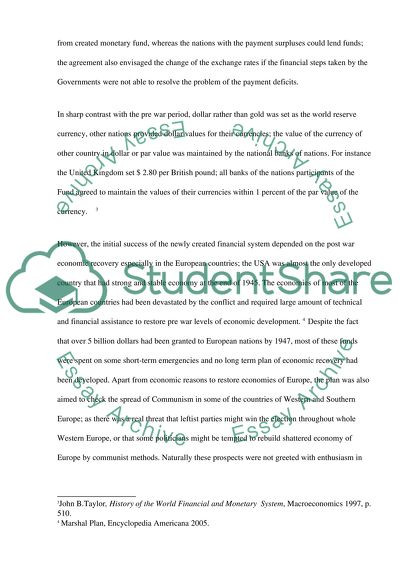Cite this document
(International Economic History since 1870 Report Example | Topics and Well Written Essays - 2750 words, n.d.)
International Economic History since 1870 Report Example | Topics and Well Written Essays - 2750 words. https://studentshare.org/history/1529474-international-economic-history-since-1870
International Economic History since 1870 Report Example | Topics and Well Written Essays - 2750 words. https://studentshare.org/history/1529474-international-economic-history-since-1870
(International Economic History since 1870 Report Example | Topics and Well Written Essays - 2750 Words)
International Economic History since 1870 Report Example | Topics and Well Written Essays - 2750 Words. https://studentshare.org/history/1529474-international-economic-history-since-1870.
International Economic History since 1870 Report Example | Topics and Well Written Essays - 2750 Words. https://studentshare.org/history/1529474-international-economic-history-since-1870.
“International Economic History since 1870 Report Example | Topics and Well Written Essays - 2750 Words”. https://studentshare.org/history/1529474-international-economic-history-since-1870.


